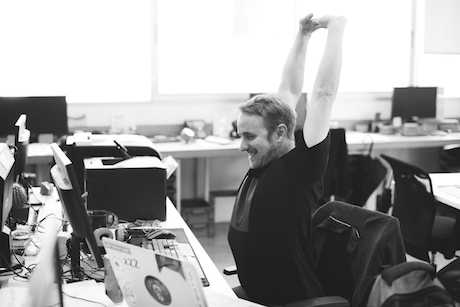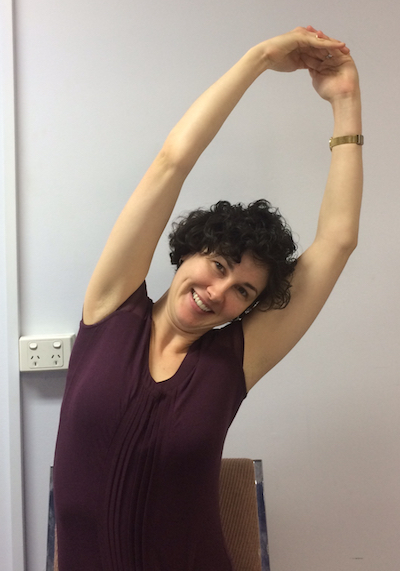5 Healthy Nutrition Habits for the New Year
It’s no surprise that one of the most commonly made New Years resolutions is to eat healthier. And for good reason – the new year is a great opportunity for a fresh start, by setting up simple and sustainable strategies to improve our nutritional status in the long term. To help you achieve and maintain your nutrition-related New Years resolutions, try incorporating some of the following healthy habits into your everyday routine.
1. Eat breakfast every day
This one seems counterintuitive – most people think that skipping a meal equates to skipping kilojoules. Unfortunately, it turns out that our bodies are smarter than this, and studies have shown that regularly skipping meals, especially breakfast, can have the following consequences:
- Excessive hunger that leads to overeating later in the day and subsequent weight gain
- Storage of kilojoules as body fat, as our bodies interpret missed meals as “starvation”
- Decreased concentration, productivity and mood
To improve your metabolism, regulate blood sugar and increase energy levels, it’s best to eat regular meals including breakfast. For some nourishing breakfast options your body will thank you for, try:
- Whole gra
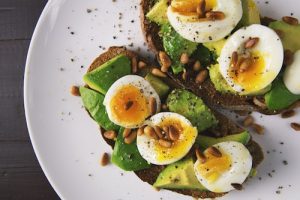 in toast with avocado or nut butter
in toast with avocado or nut butter - Scrambled eggs or an omelette with spinach, tomato, capsicum, or veg of your choice
- Rolled oats with skim milk and fruit, which can be prepared and refrigerated overnight if you are time poor or tend to overuse the snooze button
- A fruit smoothie with reduced fat milk or yoghurt is a great option for those who find it difficult to stomach a full meal in the morning
2. Ditch the fad diet
To match the influx of nutritional-related goals, the New Year often graces us with new radical and misleading diet trends. A fad diet refers to any weight loss technique that is not supported by scientific research, often promising that a pricey, restrictive “diet” is the key to weight loss. However, research shows that fad diets lead to weight regain in the long term, and put our health at risk by restricting specific foods or food groups. Instead, achieving and maintaining a healthy body weight is better accomplished by making small, sustainable changes that assist you to enjoy healthy foods in the long term. Be wary of any diet, product or promotion with the following warning signs:
- The diet involves skipping meals or excluding food groups
- The person providing dietary information is unqualified
- The diet is expensive or involves the purchase of “revolutionary” supplements or products
- The diet takes the enjoyment away from eating with excessive rules and restrictions
- The diet is based on anecdotal evidence or celebrity endorsement rather than scientific research
3. Variety is the spice of life
 Enjoying a wide variety of healthy foods is useful strategy for maintaining healthy habits in the long term, especially for those who become bored of repetition. Incorporating a variety of foods within each food group, especially fruits and vegetables of all colours, will also help us achieve our recommended intakes of important nutrients, antioxidants and fibre. Exploring the supermarket for new foods or undertaking a weekly “mystery ingredient” challenge are great ideas to start with. Be sure to look for mostly unprocessed foods, and check the nutrition label to limit excessive sugar, fat and salt. For some unique dinner inspiration, try searching for a recipe that incorporates:
Enjoying a wide variety of healthy foods is useful strategy for maintaining healthy habits in the long term, especially for those who become bored of repetition. Incorporating a variety of foods within each food group, especially fruits and vegetables of all colours, will also help us achieve our recommended intakes of important nutrients, antioxidants and fibre. Exploring the supermarket for new foods or undertaking a weekly “mystery ingredient” challenge are great ideas to start with. Be sure to look for mostly unprocessed foods, and check the nutrition label to limit excessive sugar, fat and salt. For some unique dinner inspiration, try searching for a recipe that incorporates:
- Salmon, to provide a generous amount of protein and omega 3
- Whole grain couscous, a high fibre and high protein grain that takes just minutes to prepare
- Chinese cabbage, an excellent source of vitamin K, vitamin C, fibre and antioxidants
- Pomegranate, an anti-inflammatory and nutrient packed summer salad favourite
4. Practice mindful eating
Every food choice we make is influenced by factors other than nutrition, including taste preferences, the social aspect of eating, stress and emotions. However, our fast paced lifestyle can make it difficult to recognise and account for these factors. Mindful eating is a helpful skill for maintaining a positive outlook on food and reducing harmful eating behaviours. Eating mindfully involves recognising our body’s signals, engaging our senses, and eating without judgement. Some mindful techniques to practice may include:
- Rating your hunger levels from 1-10 before having a meal or snack, to help distinguish physical hunger from psychological hunger, emotional hunger or boredom
- Take breaks when eating to re-evaluate your hunger/fullness levels, by placing your cutlery down every few minutes or taking a sip of water
- Eat slowly and enjoy your meal by considering the taste, smell, and texture of the food
- Finish a meal when you feel full or nourished, rather than always eating until your plate is empty. Remember that leftovers can be stored for later.
- Eat slowly, to help tune into your body’s hunger and fullness cues. Avoid eating when standing, watching TV or working. Eating with friends or family is a great way to eat slowly and take breaks by letting the conversation flow
5. Plan, plan and plan
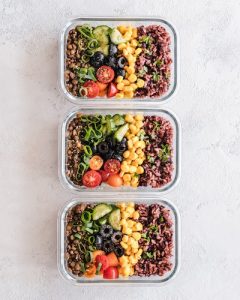 Taking the time to plan for potential barriers to healthy eating can help us maintain our New Years goals when the going gets tough. After identifying what personal barriers may interfere with your positive food choices, allocate some strategies that may help you overcome these. For example:
Taking the time to plan for potential barriers to healthy eating can help us maintain our New Years goals when the going gets tough. After identifying what personal barriers may interfere with your positive food choices, allocate some strategies that may help you overcome these. For example:
- If you’re time poor and work long hours, try to prepare food in advance or keep spare meals in the freezer (labelled with dates of course!)
- If you have concerns about your budget, it might be helpful to create a shopping list, purchase fruit and vegetables that are in season, and peruse the specials advertised at your local supermarket
- If you cook for someone who’s not on board with new foods or recipes, plan how you can adapt existing recipes or improve the nutritional value of your own serving (e.g. having spaghetti bolognese with zucchini noodles rather than pasta)
Hopefully these suggestions are useful for helping you enjoy healthy foods and improve your nutrition habits throughout 2019!
This post was written by Regina Tilyard. Regina is an accredited practicing dietician and longstanding member of the Stafford Physio team.


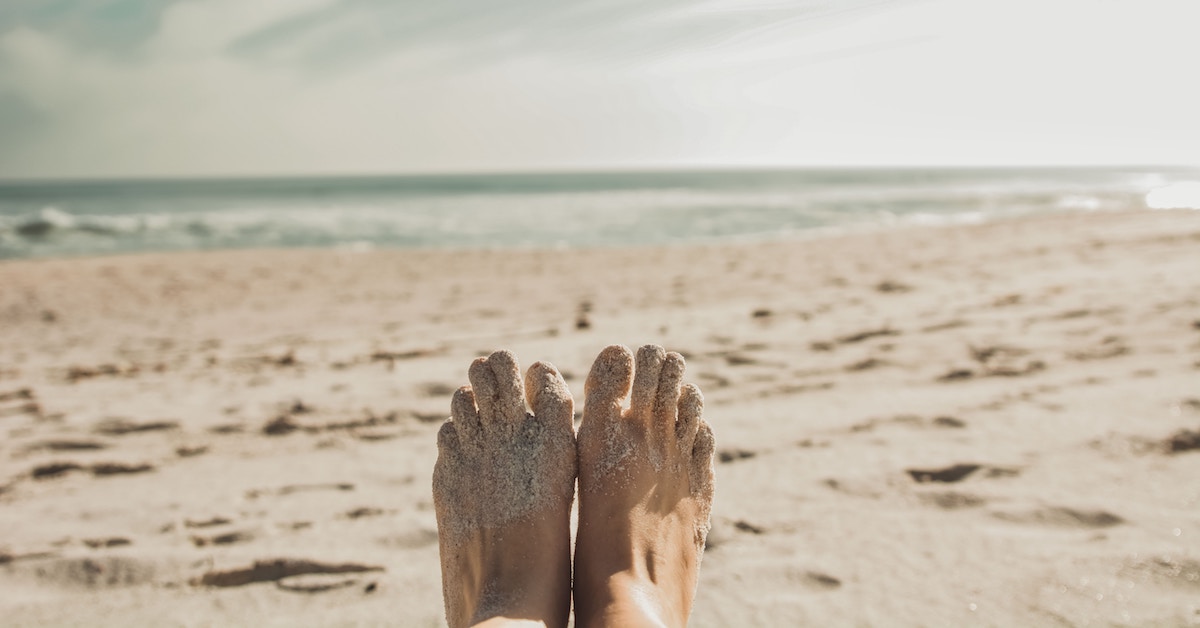
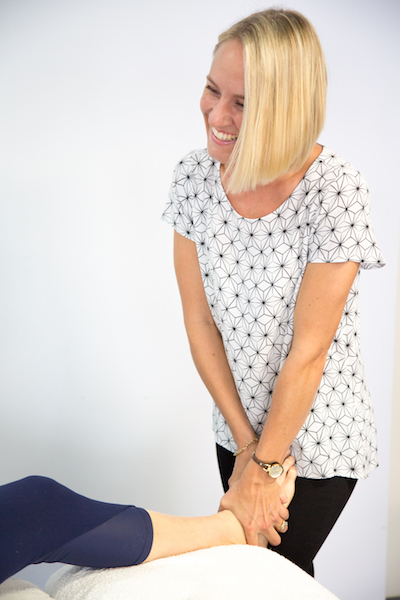



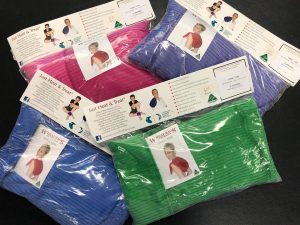 Day 1: Wheat bags and stick on heat patches
Day 1: Wheat bags and stick on heat patches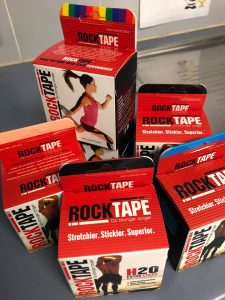 Day 2: Rock tape
Day 2: Rock tape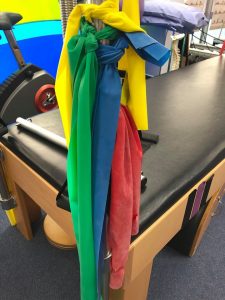 Day 3: Theraband
Day 3: Theraband Day 4: Spikey balls and pocket physios
Day 4: Spikey balls and pocket physios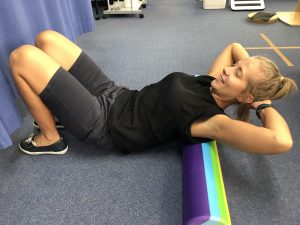 Day 7: Foam rollers
Day 7: Foam rollers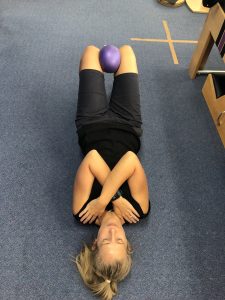 Day 8: Chi balls
Day 8: Chi balls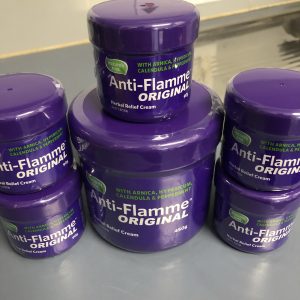 Day 10: Anti-flamme massage cream
Day 10: Anti-flamme massage cream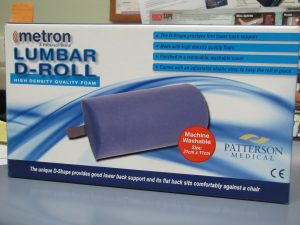 Day 12: Lumbar rolls
Day 12: Lumbar rolls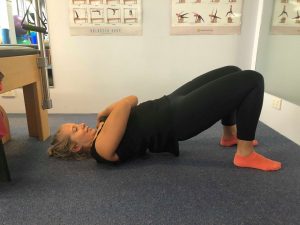 BRIDGE HOLDS
BRIDGE HOLDS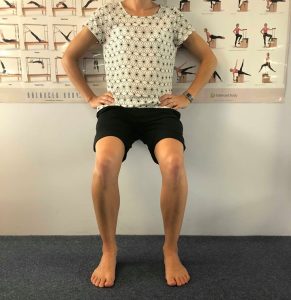 WALL SQUAT
WALL SQUAT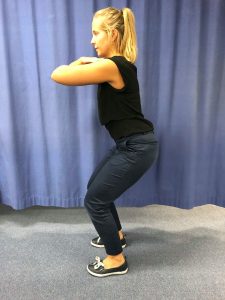 SQUATS
SQUATS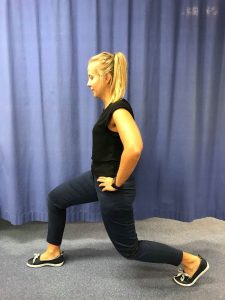 LUNGES
LUNGES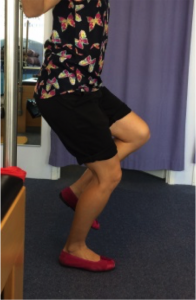
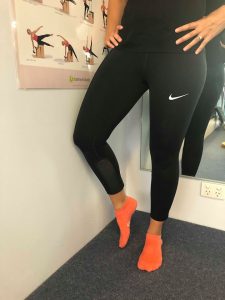
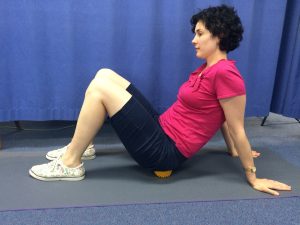 To begin with you can lean your body against the ball on the floor or wall and use your body weight to apply pressure. To progress you can roll against the ball for 1-2 minutes. Check out this handy cheat sheet featuring
To begin with you can lean your body against the ball on the floor or wall and use your body weight to apply pressure. To progress you can roll against the ball for 1-2 minutes. Check out this handy cheat sheet featuring  WARM UP SHOULD INCLUDE:
WARM UP SHOULD INCLUDE: THE MAJORITY OF INJURIES IN CONTACT SPORTS INVOLVE CORKS AND STRAINS TO THE LOWER LIMBS.
THE MAJORITY OF INJURIES IN CONTACT SPORTS INVOLVE CORKS AND STRAINS TO THE LOWER LIMBS.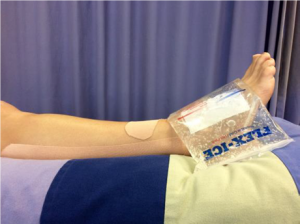 R – REFERRAL. It may be appropriate to see a health care professional such as a physiotherapist. It’s important to get an accurate diagnosis, treatment and rehabilitation to get back on the field as soon as possible.
R – REFERRAL. It may be appropriate to see a health care professional such as a physiotherapist. It’s important to get an accurate diagnosis, treatment and rehabilitation to get back on the field as soon as possible.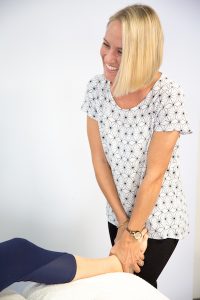 “But I get a larger rebate when I visit a Preferred Provider!”
“But I get a larger rebate when I visit a Preferred Provider!”